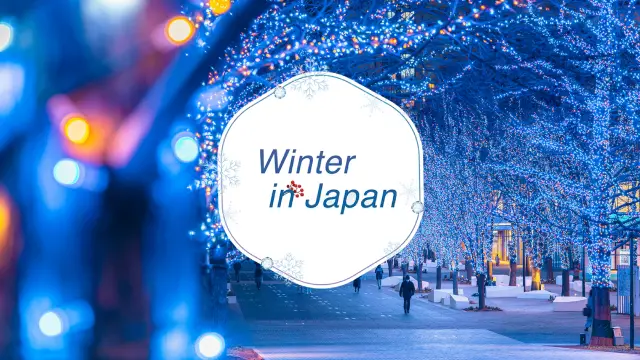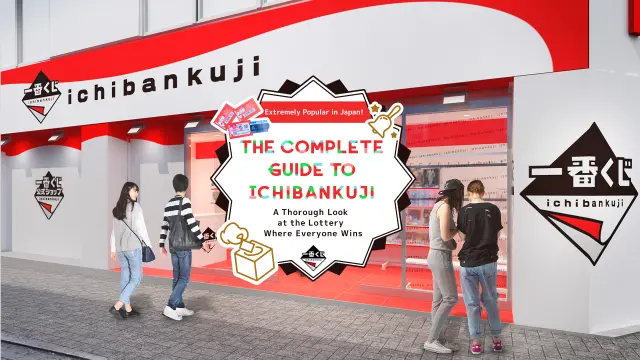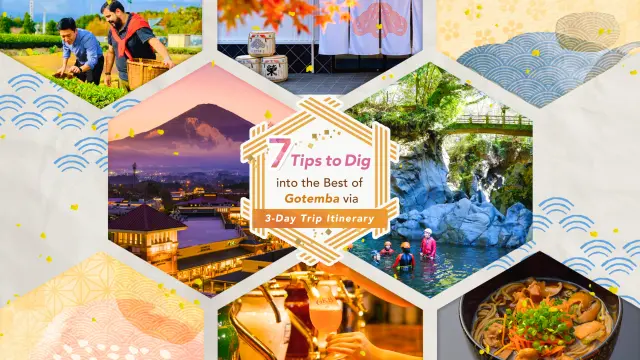This temple was built by Ashikaga Yoshimasa, the eighth shogun of the Muromachi Shogunate, as a villa called "Higashiyama-den". Along with Kinkakuji Temple, this temple is a pagoda temple outside of Shokokuji Temple (i.e., a hermitage built in a different location from the main temple after his retirement). After Yoshimasa's death, the temple was named Jishoji after his Buddhist name.
In contrast to Kinkakuji Temple, which has lost most of its original buildings, Ginkakuji Temple retains the original Kannon Hall and Tougudou Hall, conveying the Higashiyama culture to the present. After passing through the entrance gate and turning to the right, the approach to the temple, surrounded by the temple fence, leads straight to the middle gate.
The main hall, Hojo, was built in the mid-Edo period, and features sliding door paintings by Yosa Buson and Ike Taiga. Tougudou is an Amida hall dedicated to Amida Nyorai, and the inscription on the plaque is written by Yoshimasa himself. The Kannon Hall has a beautiful view of the wavy garden and the "Ginshadan".
Incidentally, the Kannon Hall, which gave rise to the name "Ginkaku," was never actually covered with silver leaf. From the middle of the Edo period, the name "Ginkaku," which is analogous to Kinkaku, became established.
Highlights
-
The view of Kannonden from the observatory called Tsukihayasan is beautiful.
-
A circular garden with sand-filled gardens such as Ginshadan and Kougetsudai is also a must-see.
-
The route to the shrine is one-way, so once you go, you can't come back.
-
Don't miss the Dojinsai in Tougudou, which is said to have been used by Yoshimasa.


























